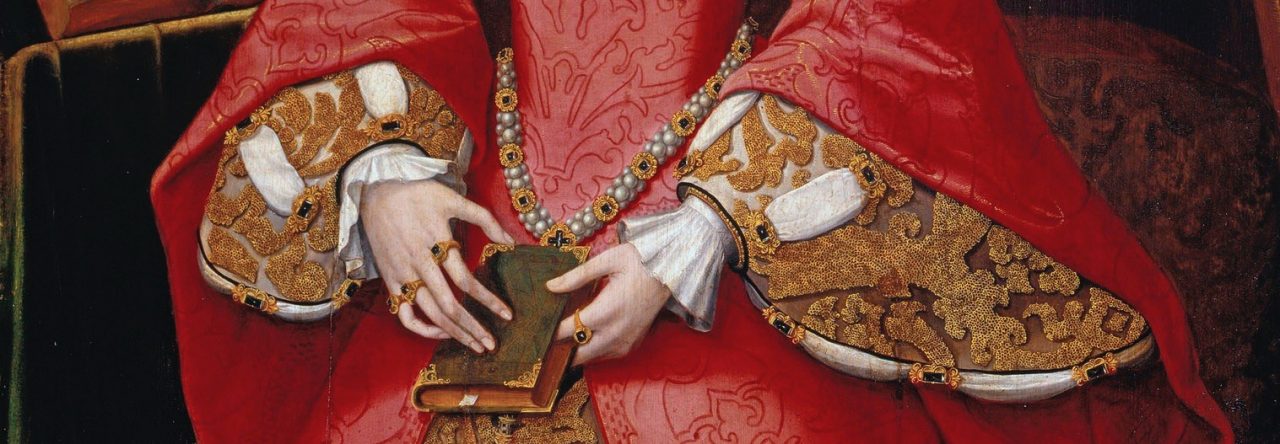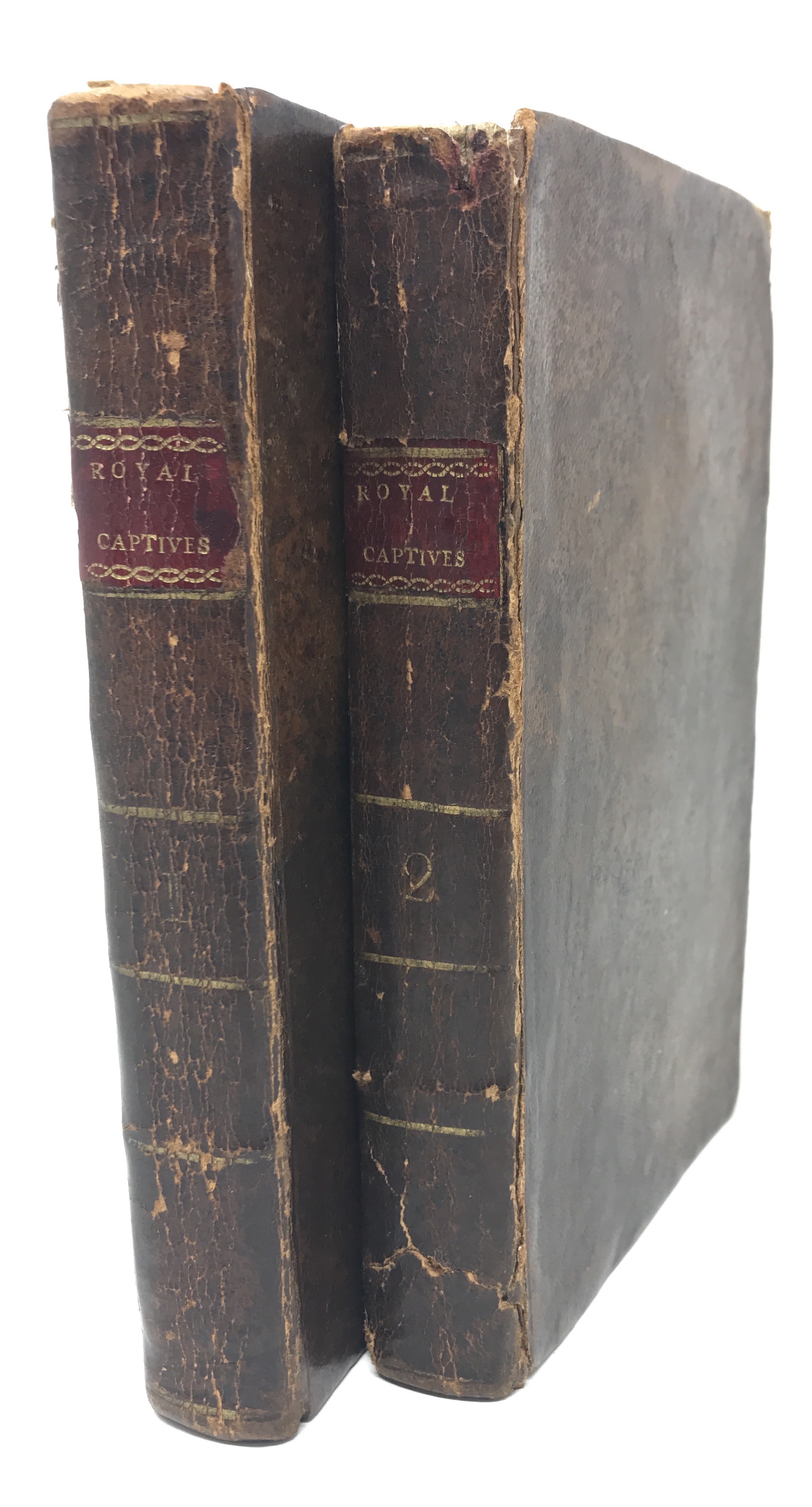Today’s book is a 1653 edition of minister Joseph Caryl’s exposition on chapters of the book of Job and contains several inscriptions of colonial American owners from the late eighteenth to early nineteenth century.

Caryl was a Puritan minister later removed from his post by the Church of England during the Restoration. Before his ejection, he had several sermons published in the 1640s. His work on the Book of Job began in 1643. The multi-decade “exposition with practical observations” on the Old Testament book eventually came to encompass all forty-two of its chapters. This particular copy concentrates on the fifteenth through the seventeenth chapters.
Job is a prosperous, pious Biblical figure whose wealth, children, servants, and health are obliterated after Satan suggests to God that he would not be so devout in the face of extreme adversity. At first Job accepts his suffering and continues to praise God, but as he continues to suffer with no change in circumstance, he becomes angry and questions him. Eventually, he acknowledges that God is all-powerful and all-knowing and declares his repentance, whereupon his prosperity is restored.

The front flyleaf contains four inscriptions. The one that first draws the eye is Joseph Emerson’s acquisition note in the center of the page: “bought by J. Emerson of the Rev.d Mr. Chandler of Rowley Octo. 2. 1747.” The bookseller identifies Emerson (1724-1775) as a minister in the town of Groton, Massachusetts, later renamed Pepperell. He married Abigail Hay and had six children with her, and was Ralph Waldo Emerson’s great-uncle. The Community Church of Pepperell asserts that he “delivered the prayer on Cambridge Common before the combined militias marched to Breed’s Hill, now called Bunker Hill, in Charlestown” [1]. He contracted dysentery at the onset of the Revolutionary War and died in late October of 1775. His signature, dated 1747, also appears on the upper part of the flyleaf as well as the title page.
Reverend James Chandler (1706-1789), from whom Emerson purchased the book, was the minister of the first church in Georgetown, Massachusetts [2]. One wonders whether Chandler could have been a mentor to the young Emerson, in his early twenties when he purchased the book from Chandler. Additionally, there are two expunged inscriptions on the page. The uppermost one appears to read “Tho.s E. Christian & Jo[…?].” The one beneath Emerson’s signature is too obliterated to read. The inscriptions are circled with three numeral 5s and an apparent monogram on the lower portion of the page.



Less knowable is how the book found its way to the colonies, whether Abigail Emerson and Mary Hale Chandler (who did not sign the book) used it alongside their husbands, and what significance the story of a Job—a man suffering for his faith—would have had in the lives of the Chandlers, Emersons, and Chases.
Source: Book offered for sale by eBay seller mantosilver in April 2022. Images used with permission.
[1] “Commemorating 100 Years: Historical Moment: Our First Pastor.” Community Church of Pepperell (April 14, 2019). https://tinyurl.com/2p9xt4na
[2] Anthony Mitchell Sammarco. Georgetown (Charleston, SC: Arcadia Publishing, 2002), 31.














